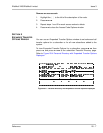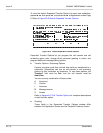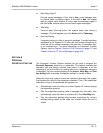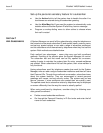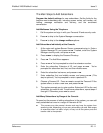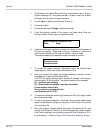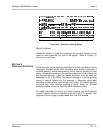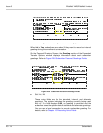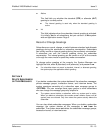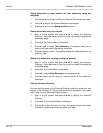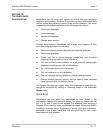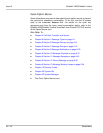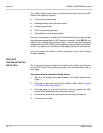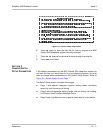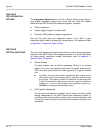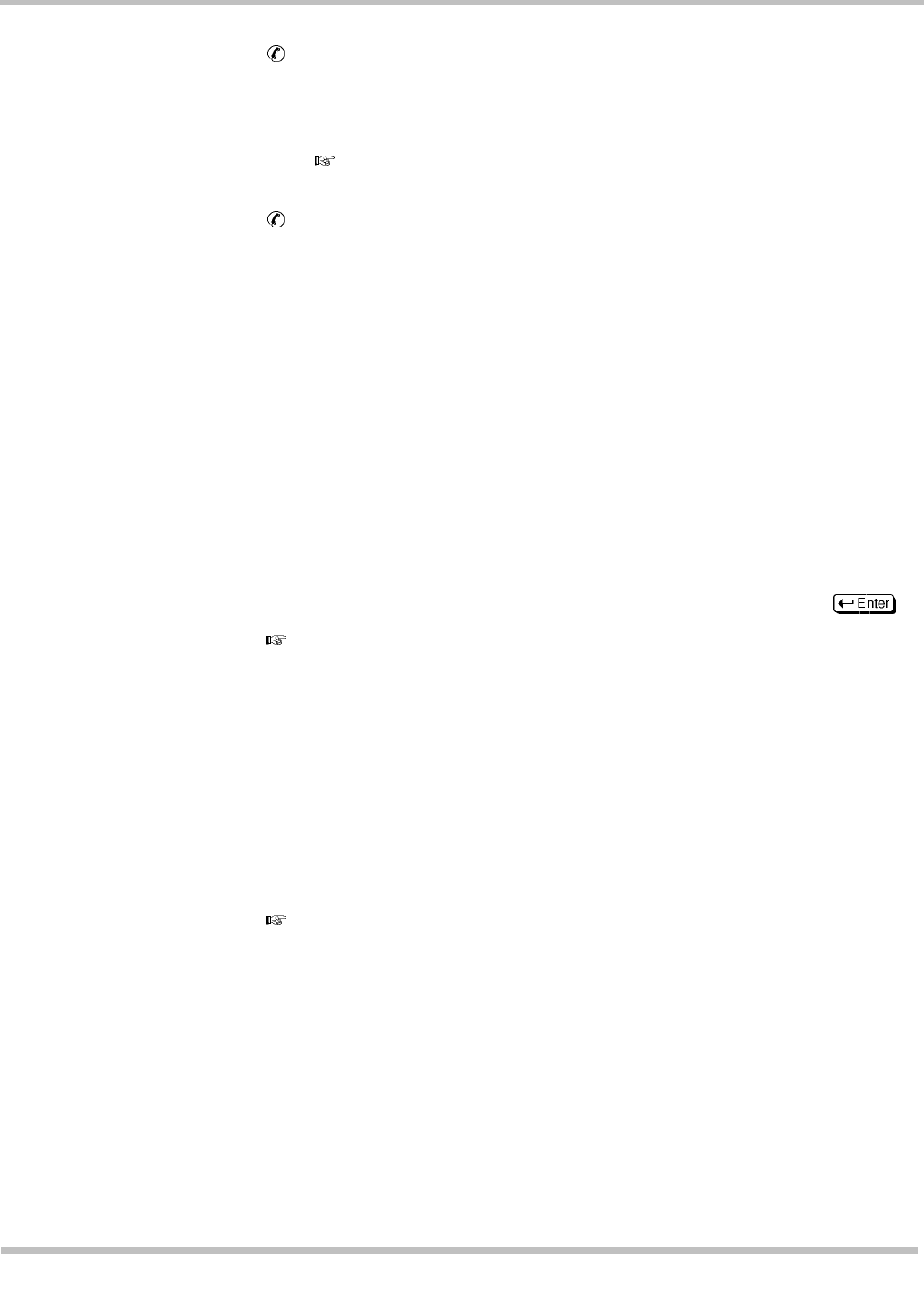
EliteMail VMS/EliteMail Limited Issue 3
Reference 20 - 15
Active
This field tells you whether the standard (STD) or alternate (ALT)
greeting is currently active.
The internal greeting is used only when the standard greeting is
active.
Int
This field indicates when the subscriber internal greeting is activated.
It is initially Yes for all subscribers, but you can set it to No system-
wide on Application screen Page 5.
Record or Change Greetings
Subscribers can record, change, or switch between standard and alternate
greetings during the enrollment or subscriber conversation. Subscribers
can initially record an internal greeting during the enrollment conversation.
A subscriber can edit the internal greeting during the subscriber
conversation. The internal greeting can be turned on or off at the console
or through the menu mode or speed key mode conversation.
To change active greeting at the console, the System Manager can
highlight the field, enter S (standard) or A (alternate), and press .
If a subscriber does not record a standard, internal, or alternate greeting,
the system plays the applicable default greeting.
S
ECTION
9
D
ELETE
S
UBSCRIBERS
OR
T
HEIR
M
ESSAGES
If you delete a subscriber, the system deletes all the subscriber messages,
private message groups, transaction boxes, and interview boxes. The
system reassigns ownership of a subscriber open message groups to
•SYSTEM•. You can reassign these open groups to other subscribers
who can change the message groups by telephone.
The system cannot delete a subscriber while any system port is active.
When you delete a subscriber, the console screen remains frozen until all
system ports are cleared. Only then does the system actually delete the
subscriber.
You can also delete subscriber messages. When you delete a subscriber
message, the system deletes all the messages to and from the
subscriber. The system does not delete the subscriber message groups,
transaction boxes, or interview boxes.



